On-Body Displays On-body displays transform the human skin into an interactive surface, enabling in-situ access to digital contents and leveraging human physiology for interaction. On-body displays stand in the tradition of static body augmentations, like tattoos and nail polish, but enhance them by interactive input and visual output. In this project, we focus on the human hand and forearm – a well-visible area that supports […]
Posted: 02/09/2019
Under:
DeformWear Deformation Input on Tiny Wearable Devices Due to their small surfaces, wearable devices make existing techniques for touch input very challenging. This paper proposes deformation input on a tiny and soft surface as an input modality for wearable computing devices. We introduce DeformWear, tiny wearable devices that leverage single-point deformation input on various body locations. Despite the small input surface, DeformWear enables expressive and […]
Posted: 02/09/2019
Under:
FingerInput Capturing Expressive Single-Hand Thumb-to-Finger Microgestures for On-Skin Input Single-hand thumb-to-finger microgestures have shown great promise for expressive, fast and direct interactions. However, pioneering gesture recognition systems each focused on a particular subset of gestures. We are still in lack of systems that can detect the set of possible gestures to a fuller extent. In this paper, we present a consolidated design space for thumb-to-finger […]
Posted: 02/09/2019
Under:
Grasping Microgestures Eliciting Single-hand Microgestures for Handheld Objects Our work informs gestural interaction with computer systems while hands are busy holding everyday objects. We present results from the first empirical analysis of over 2,400 microgestures performed by end-users. We call those gestures as Grasping Microgestures. Our key finding is to answer how grasps and object geometries affect the design space of microgestures performed on handheld […]
Posted: 02/09/2019
Under:
Like a Second Skin Understanding How Epidermal Devices Affect Human Tactile Perception The emerging class of epidermal devices opens up new opportunities for skin-based sensing, computing, and interaction. Future design of these devices requires an understanding of how skin-worn devices affect the natural tactile perception. In this study, we approach this research challenge by proposing a novel classification system for epidermal devices based on flexural […]
Posted: 02/09/2019
Under:
Tacttoo A Thin and Feel-Through Tattoo for On-Skin Tactile Output Tacttoo is a feel-through interface for electro-tactile output on the user’s skin. Integrated in a temporary tattoo with a thin and conformal form factor, it can be applied on complex body geometries, including the fingertip, and is scalable to various body locations. At less than 35μm in thickness, it is the thinnest tactile interface for […]
Posted: 02/12/2018
Under:
Multi-Touch Skin A Thin and Flexible Multi-Touch Sensor for On-Skin Input Skin-based touch input opens up new opportunities for direct, subtle, and expressive interaction. However, existing skinworn sensors are restricted to single-touch input and limited by a low resolution. We present the first skin overlay that can capture high-resolution multi-touch input. Our main contributions are: 1) Based on an exploration of functional materials, we present […]
Posted: 02/09/2018
Under:
SkinMarks Enabling Interactions on Body Landmarks Using Conformal Skin Electronics The body provides many recognizable landmarks due to the underlying skeletal structure and variations in skin texture, elasticity, and color. The visual and spatial cues of such body landmarks can help in localizing on-body interfaces, guide input on the body, and allow for easy recall of mappings. Our main contribution are SkinMarks, novel skin-worn I/O […]
Posted: 02/09/2017
Under:
iSkin Flexible, Stretchable and Visually Customizable On-Body Touch Sensors for Mobile Computing We propose iSkin, a novel class of skin-worn sensors for touch input on the body. iSkin is a very thin sensor overlay, made of biocompatible materials, and is flexible and stretchable. It can be produced in different shapes and sizes to suit various locations of the body such as the finger, forearm, or […]
Posted: 02/09/2015
Under:
More Than Touch Understanding How People Use Skin as an Input Surface for Mobile Computing This paper contributes results from an empirical study of on-skin input, an emerging technique for controlling mobile devices. Skin is fundamentally different from off-body touch surfaces, opening up a new and largely unexplored interaction space. We investigate characteristics of the various skin-specific input modalities, analyze what kinds of gestures are […]
Posted: 29/12/2014
Under:
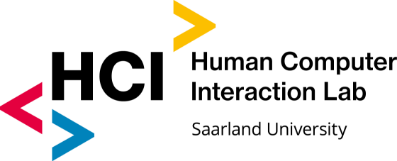
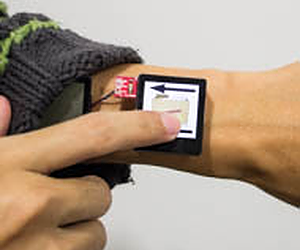
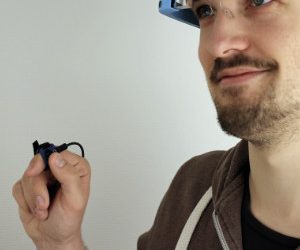
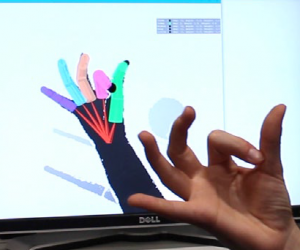
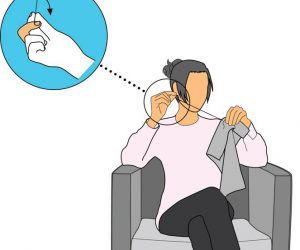
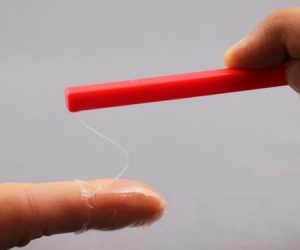
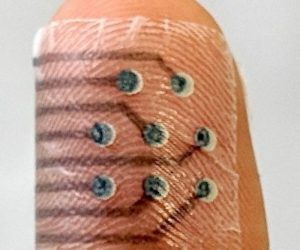

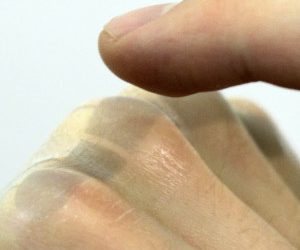
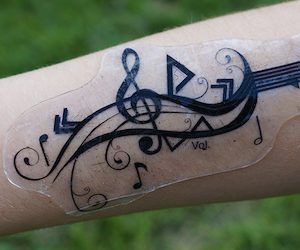


Recent Comments